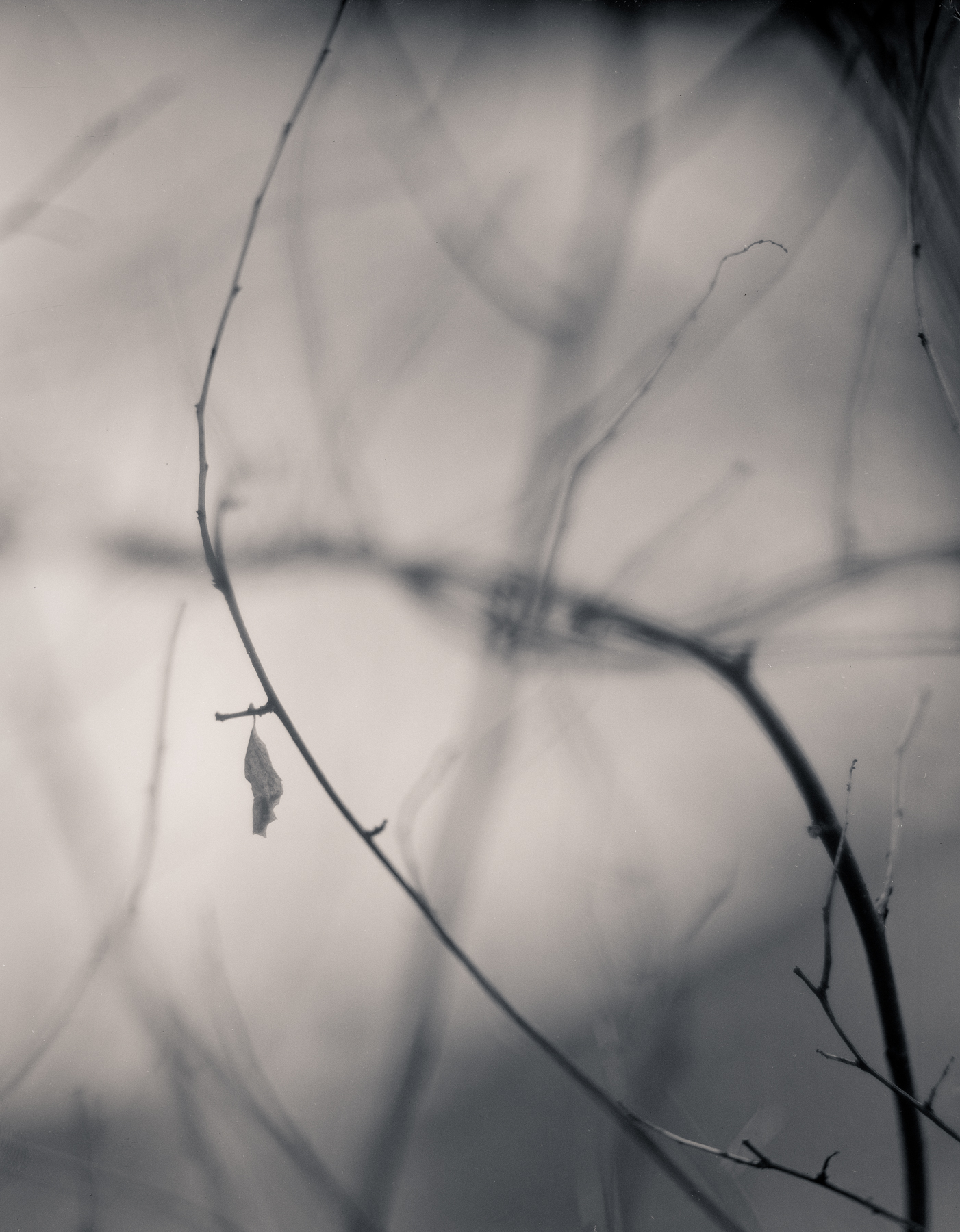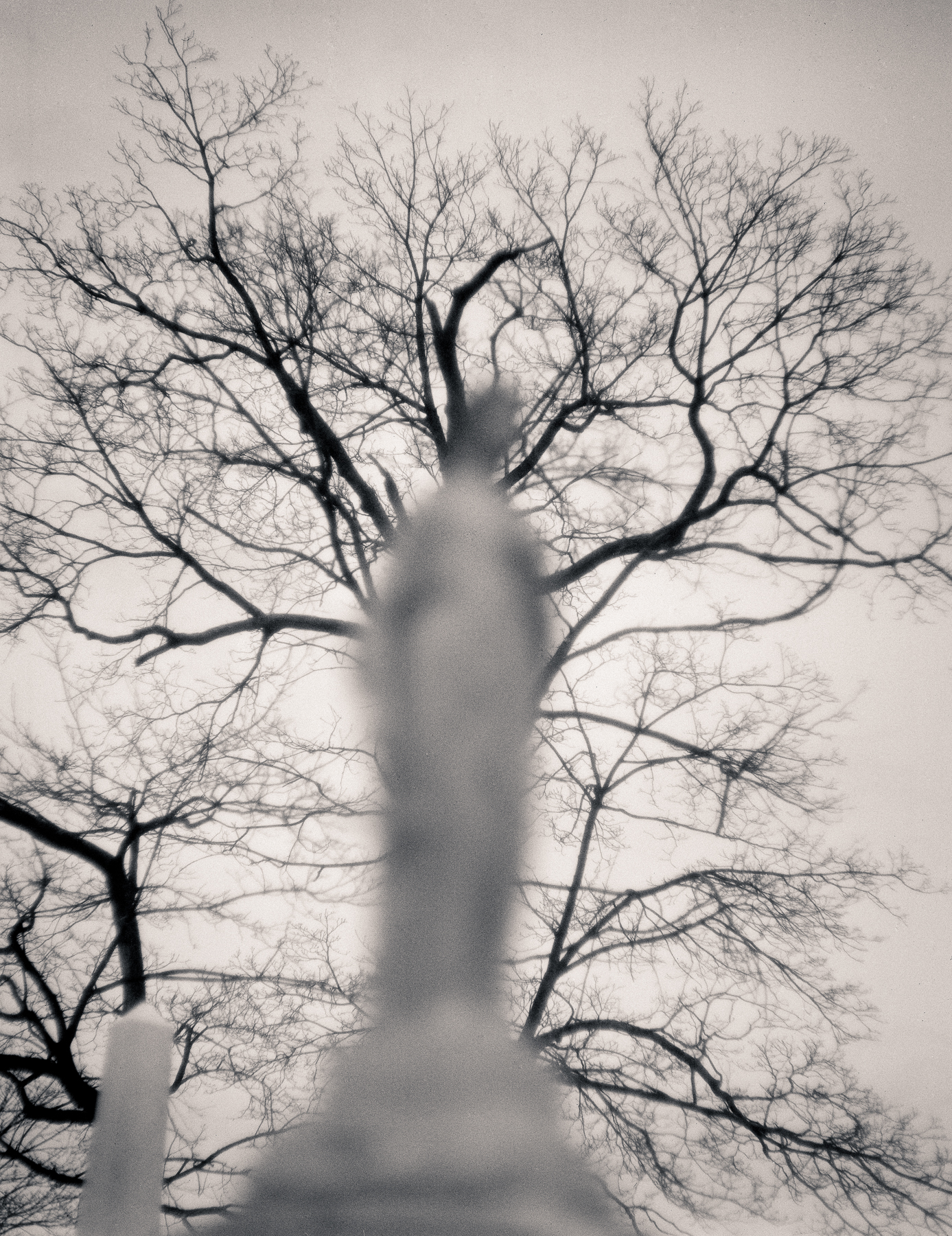Ever want to shoot large format hand held? Want to shoot wide open and large format and hand held? Want to rock it like it’s 1929? Then a Graflex SLR may be for you.
The Graflex is a large format single lens reflex camera first introduced in 1898. They feature a focal plane shutter in the body capable of speeds up to 1/1000 of a second. It is the older brother to the Speed Graphic press camera and they share a common shutter design. The Graflex was originally made for news and sports action photography but once the Graphic came along the Graflex found it’s niche as a portrait camera. In that way a Graflex and a Graphic complement each other well. The list of famous photographers who used a Graflex is long and includes Alfred Stieglitz, Edward Weston, Dorothea Lange, Paul Strand, Margaret Bourke-White and Tina Modotti among many others.
Graflex cameras were in production in various forms and sizes until 1963 and the variety can be bewildering, ranging in sizes from 2x3 to 5x7.
Common models to look for as users are:
RB Series B, which was made in 2x3, 3¼×4¼ and 4x5 sizes. It has a fixed lens rather than a lens on a lens board. A smaller “B” with a roll film back is similar in function to Mamiya RB and can be a very quick camera to shoot.
RB Series D. These were made in 3¼×4¼ and 4x5 sizes and feature lenses mounted on interchangeable lens boards. I overlooked the 3¼×4¼ size for a long time until I picked one up and realized how nicely they handle. I like to shoot these cameras hand-held and I found that the smaller 3¼×4¼ is a great size for that, much easier to manage than the 4x5. However 3¼×4¼ sheet film is not common so a good option is either cutting down 4x5 film, or using a roll film back.
RB Super D. These are newer versions of the standard “D”, also made in 3¼×4¼ and 4x5 sizes. The big difference is that the standard lens, a Kodak Ektar, came equipped with a automatic diaphragm mechanism. You preset your desired f stop and the lens would stop down once the shutter was tripped. You have to manually open the lens back up, however. This way you can focus with the lens wide open.
Although the Super D uses the same lens boards as the standard “D” the aperture mechanism is part of the factory supplied lens and board and so cannot be swapped for use with other lenses. Other differences include a flash sync circuit and a front silvered mirror. The Super D usually is priced higher but they are relatively newer cameras and so can be found in excellent condition. Don’t be scared of an older model, they also can be found in great condition and if the auto aperture feature isn’t important to you an older “D” can be a great bet.
Other interesting variants include the RB Auto Graflex which has a longer bellows and a front standard that allows some lens rise. I have a 3¼×4¼ size Auto that I like for doing close up work. Despite the fact that it is the oldest of my cameras it continues to function just as well as my Super D.
One final model I will mention as it is one of my favorites is the RB Series C. This was only made in the 3¼×4¼ size and came equipped with a fixed f/2.5 Taylor-Hobson-Cooke lens. The camera was only produced for a few years in the 1930’s and is rare. I first found a lens on a camera that had been so badly stored the shutter was beyond repair. After some long searching I then located a “C” without a lens and brought the two together. It is a very enjoyable camera to look through and shoot.
Backs and film options. A big thing to be aware of is that these cameras use their own type of back, aptly named the graflex back. This means you can’t use standard 4x5 holders. There are some exceptions as a graphic or graflok back was a factory option on the Super D and many cameras have been modified to the more common back. That is one option. The other option is to use graflex type holders and magazines. I use the graflex back as is. 120 film backs are available for all of the models but sometimes they can be hard to find. One option for a roll film back for a 3¼×4¼ camera is to find the more commonly available 4x5 graphic style back and have it cut down to fit the graflex back.
For 4x5 sheet film grafmatic holders are available in both graflex and graphic styles. This is what I use for my Series D most of the time. A third option for both 3¼×4¼ and 4x5 (and 5x7) cameras is the cut film magazine aka “bag mag” which holds 12 or 16 sheets of film that can be shuffled front to back without removing the holder from the camera. These magazines were only made in the graflex back style. I have one in 3¼×4¼ and 4x5 each. Fun to use. Finally there are two sided film holders, I own several but rarely use them.
Cutting 4x5 film is not very difficult but if that is not for you Ilford does do a special run of 3¼×4¼ FP-4 and HP-5 every year when they do their ULF special run.
Polaroid backs were never a standard option so either holder or back modification is needed to use instant film.
A note about shopping for one. Like an old car, condition can vary tremendously. The condition of the shutter curtain is the most critical. If you can’t inspect in person have the seller take a photo of the curtain itself if they haven’t already done so. It should look smooth, not cracked. It is made of rubberized cloth and should be supple. A dry one doesn’t mean it is necessarily non-functioning but it does mean a risk and should affect the price accordingly. Don’t expect the shutter speeds to be accurate if the camera has been sitting for years, but that is not a big concern as the shutter is easily adjusted. The shutter is one long strip of cloth with four different sized slits in it, it is the width of the slit rather than the tension of the spring that has the greatest impact on the shutter timing. That’s why these cameras can be kept accurate even after decades of limited use.
Why use such a weird old camera? First, they are fun. Once you get the rhythm of tension, wind, focus, trip, mirror down, shuffle film, wind again down, you can work very quickly. These cameras have no safety interlocks that a more modern camera like the Mamiya RZ has, so you have to go step by step. Set the tension and wind the curtain to the correct slit for your desired shutter speed, focus, trip the shutter. Then reset the mirror, advance the film and wind the curtain. Ready to shoot once more. It really is faster than it sounds and much faster than a conventional view camera. Second, when you shoot a portrait with one it can be a special experience for both you and your sitter and can give you an image that would be difficult to make any other way. Third, Lenses. There is a vast world of odd and interesting lenses out there that are well suited for one of these cameras. Because the shutter is built in you can use a huge range of lenses on them, even home made lenses. I use a single element meniscus lens my RB Auto. Although the lenses tend to be long (150mm and up) and the depth of field shallow, you can focus wide open and not worry about your subject moving while you load a film holder in and out as you would with a view camera. You may find as I have that you can do things that you couldn’t easily do with another camera.
Resources:
Graflex.org
Graflex wiki
Graflex Graphic Photography by Morgan and Lester (book) On Amazon










